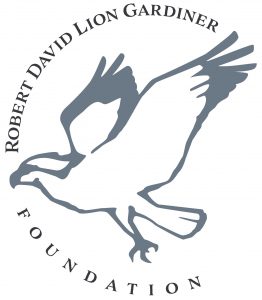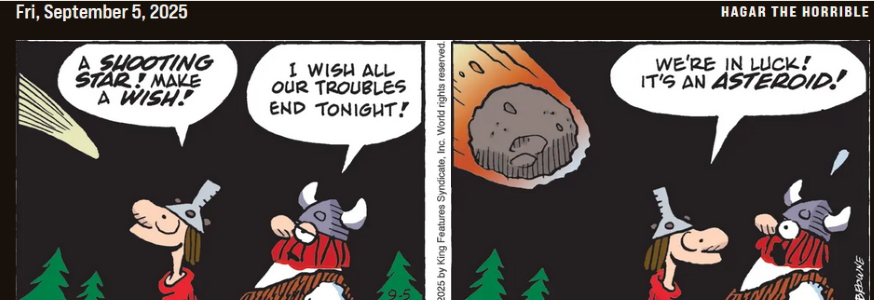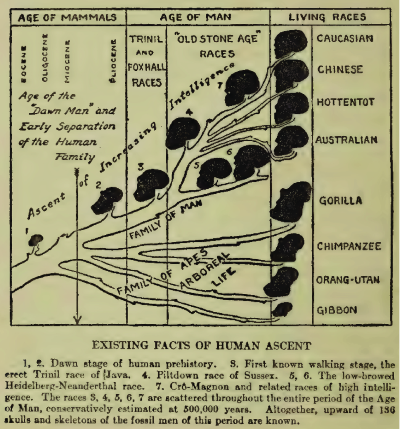
Teaching local history in a time of statewide tests is a perpetual challenge. It is easier to teach about when slavery was ended in Texas than it is when it ended in your own state. It is easier to teach about the Battle of Yorktown than it is what happened in the American Revolution in your state after July 4, 1776, save for possible major events like the Battle of Saratoga, Benedict Arnold, or maybe Rochambeau since he connects with Yorktown.
How is a teacher supposed to learn about local history anyway? For either graduate school credit or professional development credit?
Below are two attempts to deal with this challenge. Both are in the formative stage so it there is no way to know for sure what will happen. Although the two examples are from New York, they suggest what could be done in any state. Perhaps similar efforts are underway or already have been implemented in your state.
The Gardiner Foundation Semiquincentennial Student Fellowship Program
The Robert David Lion Gardiner Foundation, headquartered in Long Island, New York, is funding a student fellowship program through the Geneseo Center for Local and Municipal History at SUNY Geneseo, in upstate New York under the leadership of Professor Michael Oberg. The goal of the program is to cultivate community discussions and promote interest in local histories in the state related to the American Revolution and its legacy. Specifically it will do so by partnering 50 undergraduate student fellows and academic historians (mentors) from seven colleges and universities across the state with government appointed local historians (hosts) to produce exhibitions, a robust and enduring presence on various websites, including Geneseo’s Center’s website and a downloadable PDF in book form that documents the Fellows’ projects.
There are several critical points to note about this endeavor:
1. The funding provided is private.
2. The project was launched before New York State even has a functioning state commission for the American Revolution 250th.
3. The project is a statewide initiative.
4. The project draws on New York State’s unique but not enforced requirement for municipalities to have government appointed historians.
5. The project is intended to be local in nature.
6. The project has collaborative potential given that seven colleges, 50 students, and an unspecified number of localities will be involved. Therefore Prof. Oberg will have the opportunity to hold periodic conferences and workshops so everyone does not have to reinvent the wheel and even not participants in the project can learn what the various teams in the project are doing.
7. The project is replicable both within the state and in other states.
Both the Gardiner Foundation and Professor Oberg are to be commended for this program.
New York State History and Education Conference (NYSHEC)
History Fights Back! – October 28-30, 2022
I received an email from William S. Walker, Associate Professor of History, Cooperstown Graduate Program, SUNY Oneonta (william.walker@oneonta.edu) regarding promoting a new initiative being untaken by a different SUNY college. Also participating in the conference development are Gretchen Sorin, Oneonta, who has been speaking online during the COVID pandemic on the topic of “Driving while Black in America,” and Garet Livermore, who formerly had been active in running the annual New York State History Conference in Cooperstown, just up the road from Oneonta. The Gardiner Foundation also is a major contributor to this conference.
The email I received is:
You are invited to participate in the inaugural meeting of the New York State History and Education Conference, October 28-30, 2022, at SUNY Oneonta. Hear from and collaborate with historians, K-12 educators, museum professionals, librarians, archivists, documentary filmmakers, authors, and researchers both established and emerging as we navigate today’s challenging history landscape together. With the call for proposals coming soon, sign up for our mailing list to ensure you receive all the updates on this exciting opportunity to connect with colleagues from many sectors of New York State history.
Theme Description: The theme for this first-ever New York State History and Education Conference is History Fights Back! Innovative, accessible, and inclusive history research and education have never been more relevant than in our current moment. Join educators, museum professionals, historians, and others as we use history to build a more just future, educating and empowering as many people as possible along the way!
The New York State History and Education Conference has five guiding objectives:
1. Encourage collaboration across the history community (and beyond)
2. Connect K-12 educators and history professionals and provide resources for teaching the complex history of New York State, the nation, and the world
3. Imagine a more diverse and inclusive history of New York State
4. Deliberately amplify Indigenous voices
5. Challenge traditional conference structures to be livelier and more welcoming
Open to: Any history practitioner, professional, teacher, student, or enthusiast.
Sign up for our mailing list: https://href.li/?https://forms.gle/Bx7pRdcA8XGUHyLm6
Visit our website: https://nystate-history.com/
Presented by SUNY Oneonta and the Cooperstown Graduate Program, with generous support from the Robert David Lion Gardiner Foundation and Humanities New York, and in collaboration with New York State History Day.
Notice that the term “education” has been added to the term ‘history” in the conference title. There used to be an annual regional teacher program in the fall held at Cooperstown.
Full disclosure: In addition to attending some of these annual programs, I also led IHARE teacherhostels where Cooperstown was a stop sometimes for an entire weekend. We visited the historic sites in the area among other activities. As you can see by the dating of the conference, such events have to be scheduled off-season to avoid the peak rates.
This initiative has the potential to fill a void created when the New York State Historical Association (NYSHA) formally abandoned its leadership role in New York State history, a role it had informally abandoned even years earlier. That decision was a point of sore contention among academics and others. The turmoil was covered in a series of posts from 2017 and 2018.
History Professors Protest for Local and State History
November 26, 2017
NYSHA Responds to Advocacy for Local and State History Post
November 30, 2017
The NYSHA Saga Continues: Gone but Not Forgotten
December 7, 2017
The Battle over New York State and Local History Gets Ugly
January 19, 2018
Create the New York Association for State and Local History (NYASLH)
February 1, 2018
The result has been a void in history advocacy, a partial void in history conferences, and a void in connecting teachers and state and local history.
I hope that the two upstate SUNYs collaborate with each other. The American Revolution 250th is time specific but will last many years. I do hope that Michael Oberg presents at the Oneonta conference in October and his project is a yearly participant in it.
I also hope that out of the conference will come an institutional framework to develop and promote history advocacy in the state in partnership with the Association of Public Historians of New York State (APHNYS), the Museum Association of New York State (MANY), Greater Hudson Heritage Network (GHHN), and the newly-named Long Island Historical Societies also funded by Robert David Lion Gardiner Foundation. History advocacy needs to be done on a state basis and not limited to individual history organizations lobbying for individual action for their individual site. Typically, that is not what happens now.
Speaking of the Robert David Lion Gardiner Foundation, I have met Kathy Curran, its executive director, and talked to her about the void in state history leadership. And she does receive my posts. So I like to think I may have played small role in the Long Island foundation taking on statewide activities. The Gardiner family and their descendants have owned Gardiner’s Island since 1639, obtained as part of a royal grant from King Charles I of England. Robert David Lion Gardiner was, until his death in August 2004, the 16th Lord of the Manor of Gardiner’s Island, NY. In recent years, the Foundation has expanded beyond its Islip-Suffolk-Long-Island focus to now address the history concerns of the state. Thank you.






